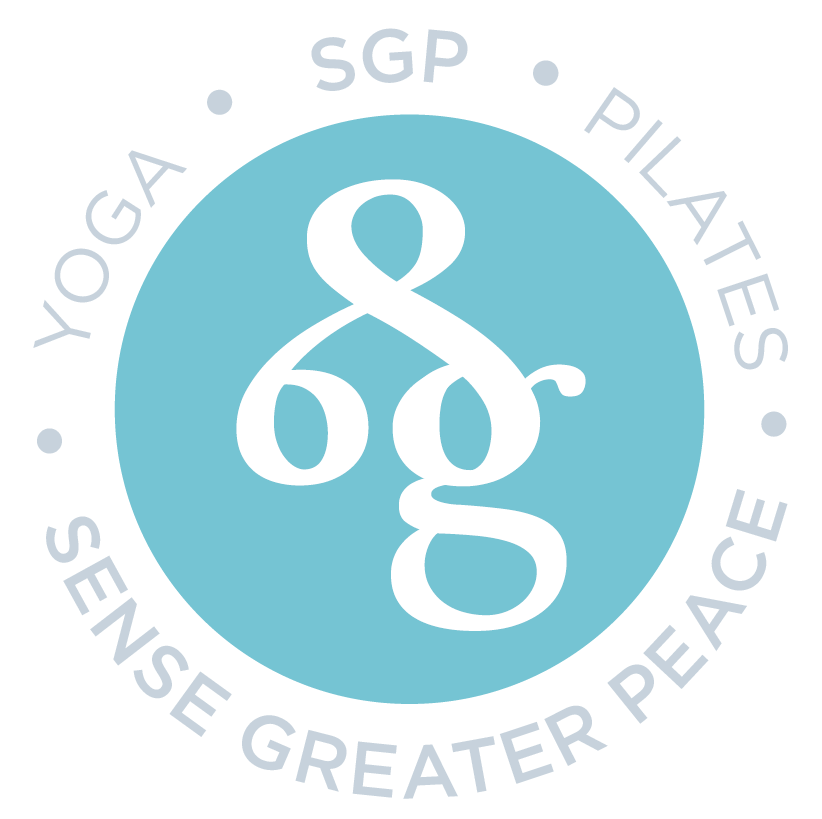Yoga Living – The Eightfold Path: Part 4 – Living the Niyamas
Practices for Everyday Devotion and Inner Alignment
Light on words. Deep in wisdom.
A short, grounded guide to integrating the five Niyamas into daily life and your mat practice.
Sacred practice in everyday spaces. This is where the Niyamas live—in soft stillness, honest presence, and the gentle rituals we create for ourselves. This is what living the Niyamas looks like for me—real, grounded, peaceful moments in my everyday space. A quiet pause. A soft return. A way of being that starts right where we are.
Welcome, dear friend.
In our last blog, we explored the Niyamas—the second limb of yoga—as five inner invitations: clarity, contentment, discipline, self-study, and surrender. Now, let’s explore how we can gently live them—through breath, ritual, movement, and mindful presence.
These practices aren’t about doing more. They’re about choosing what aligns. They remind us that devotion doesn’t always look grand. Sometimes it’s as quiet as choosing tea over tension, or breath over busy.
Let’s walk with each one to see some examples.
1. Saucha – Clarity and Purification
On the mat:
Start your practice with three rounds of conscious breath. Imagine each exhale clearing space in the body and mind. Choose a simple flow or repeat sun salutations slowly and mindfully. Use a lavender-scented cloth or essential oil to support a sense of energetic clarity.
In daily life:
Begin the day by tidying one small space—your desk, your bedside table, or even your digital inbox. Let your environment reflect your intention to feel lighter. Drink a full glass of water with awareness, visualising it clearing your energy from within. Let go of a lingering thought or emotional weight by journaling or speaking it aloud.
2. Santosha – Contentment
On the mat:
Let go of how a pose looks. Instead, ask: “How does it feel?” Practise moving slowly, with deep appreciation for what your body can do today. Rest in child’s pose with one hand on your heart and one on your belly, and notice the rise and fall of your breath as a signal of enoughness.
In daily life:
Pause and name three things you’re grateful for—even in challenging moments. Sit with a cup of tea and truly savour it. Let yourself complete something without rushing to the next task. If you catch yourself wishing things were different, gently return to what is here now. Perhaps whisper, “This is enough.”
3. Tapas – Sacred Discipline
On the mat:
Hold Warrior II or Chair Pose a few breaths longer than you usually would. Notice the fire. Breathe through it with grace. Return to a pose or sequence daily for one week. Create ritual in your movement—lighting a candle, stepping onto your mat at the same time, or saying a silent intention before you begin.
In daily life:
Choose one meaningful practice you can return to daily—a morning stretch, a midday pause, a moment of silence before sleep. Keep it small and consistent. Tapas is the warmth of staying with what matters. It can also mean holding a boundary, saying no to overextension, or rising early to do something just for you.
4. Svadhyaya – Self-Study
On the mat:
Notice where your thoughts go during practice. What poses do you resist or rush? Which ones do you stay in longer? Let your reactions become insight. Use your practice as a mirror for your inner landscape. Practise with music or silence and notice how that shapes your experience.
In daily life:
Journal on reflective prompts like: “What do I need today?” or “Where do I feel most like myself?” Read a few lines of a soul-nourishing book or revisit something you’ve written in the past. Practise deep listening—both to yourself and in conversation. Let curiosity replace criticism.
5. Ishvarapranidhana – Surrender to Something Greater
On the mat:
Allow breath to lead your movement. Surrender effort in postures like forward folds or supported bridge. End with a longer savasana or a seated meditation, palms open in a gesture of release. Repeat a mantra like, “I release. I trust. I am held.”
In daily life:
Begin the day with a simple act of offering—lighting a candle, placing a hand on your heart, or saying, “I trust.” Practise releasing control where possible—perhaps through flexible planning, embracing pauses, or sitting in nature without needing to do anything. Speak a prayer or affirmation aloud and let it echo through your day.
A Practice of Return
The Niyamas are not destinations. They are practices of return—gentle, honest, and deeply human. You don’t need to do them all. Let one speak to you. Let it walk beside you for a while.
In our next blog, we’ll explore how the Yamas and Niyamas weave together—how the outer and inner path support one another, in movement, in stillness, and in life.
With care and devotion,
Sue xx
Sense Greater Peace – Breathe. Move. Restore. Flourish.

